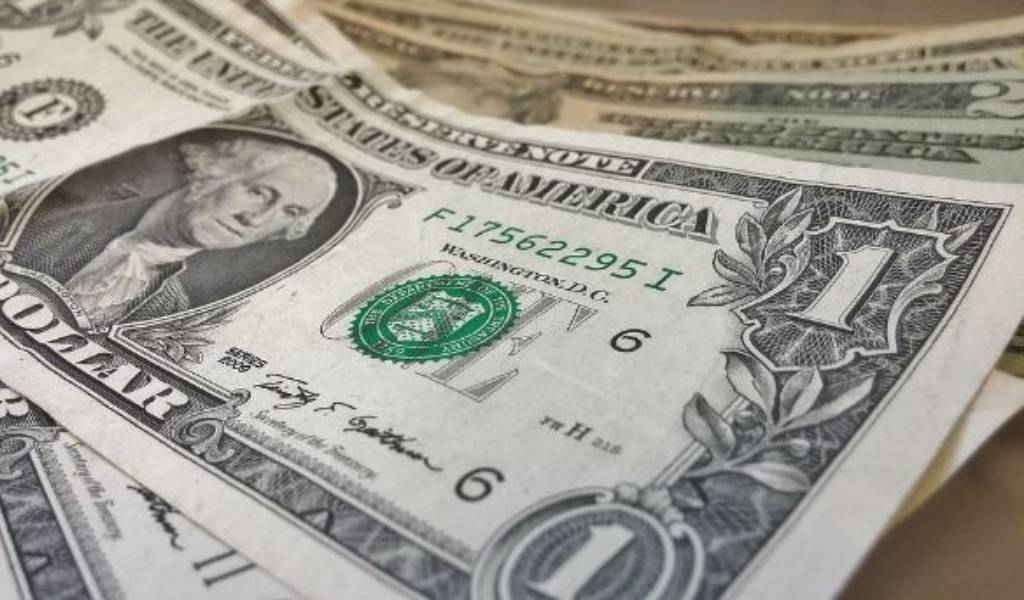Printing the U.S. Dollar: Why Use Woven Wire Mesh?
The currencies of the world are continuously fluctuating in value. Through the changes, the U.S. dollar seems to always be at the top.
Now, as with any form of government currency, it is critical that each note precisely matches print standards to prevent counterfeiting. This means implementing accurate and reliable equipment and materials, such as woven wire mesh, is a necessity.
So, how can the precision of woven wire mesh help ensure the money in our pockets is crisp, consistent, and up to code?
W.S. Tyler has been a prominent woven wire mesh supplier for over 150 years, supplying wire mesh solutions that provide accurate and repeatable results. We wrote the following article to highlight the benefits of using woven wire mesh when printing the U.S. dollar.
You will learn:
- What it looks like to produce the U.S. dollar
- The definition of woven wire mesh
- The role woven wire mesh has when producing the U.S. dollar
- The benefits of using woven wire mesh
How Is U.S. Currency Made?
U.S. currency starts as various forms of recycled cotton, such as flex and denim. The cotton fibers are cooked at extreme temperatures to remove oils and other impurities.
The cleaned fibers are then subjected to a chemical bath to loosen them, at which point they are broken down into a pulp of fine fibers that can create a tighter bond. The pulp is now spread evenly across a screen that transports the pulp through several rollers, dewatering the pulp.
This process is repeated using a bleach wash to further remove impurities. The now-cleansed pulp is pressed under a tremendous amount of pressure and cut into sheets.
Once the proper security safeguards that prevent counterfeits are put in place, a special coating is applied, the paper is projected through several dryers, and a camera system checks for any faults.
The moisture level and durability of the paper will also be checked.
At this point, the paper is inked and engraved with the correct currency face as well as the serial number and government entity seals. The finished currency will now be cut, bundled, and packaged for shipment.
What Is Wire Mesh?
Woven wire mesh, or wire mesh for short, is a metal fabric comprised of a pre-determined amount of interwoven warp (vertical) and weft (horizontal) wires. A heavily monitored weaving process is used to create various weave patterns, each with a unique opening profile that delivers a specific screening performance.

Fully customizable, wire mesh allows users to dictate specifications such as wire diameter, mesh openings size, alloy, weave pattern, etc., prior to being woven. Post-weaving processes, known as value-added services, such as heat treatment, welding, and calendering, can be applied to further improve the performance of the weave.
How Does Woven Wire Mesh Benefits the Printing of U.S. Currency?
U.S. currency is comprised of fibers that are bound together after being pressed. A critical step in this pressing process is dewatering the saturated pulp fiber.
Furnished with thousands of pore openings, woven wire mesh is designed to deliver adequate solid-liquid filtration. This means that during the production of U.S. currency, woven wire mesh allows water to flow through freely while the solid fibers are retained.
Why Use Woven Wire Mesh?
When it comes to dewatering pulp fiber, there are several screening media, such as plastic screening mesh, that can be used. So, what makes woven wire mesh stand out?
Woven wire mesh is typically fabricated using a stainless steel alloy; however, other alloys can be used. As a result, it delivers ideal corrosion resistance, durability, and rigidity, especially when compared to similar options.
Read the following article for more information regarding the stainless steel alloys used to weave wire mesh:
The corrosion resistance of the metallic wires is particularly critical, as the mesh screen must be able to withstand the harsh chemicals used to break down and clean the fibers. The durability and rigidity work in conjunction to ensure the integrity of the mesh and its pore openings remain intact after prolonged use.
Producing Quality Notes Starts With the Right Mesh Count
When it comes down to brass tacks, the U.S. dollar is the by-product of molded pulp fiber. Fibers from recycled cotton are processed and bonded together using a stringent dewatering and printing process.
Because dewatering is such a critical step to the production of the U.S. dollar, it is critical that you implement a mesh count that meets production standards. This is because mesh count ultimately controls drainage throughput as well as fiber retention.
Having helped customers implement wire mesh solutions that work for 150 years, allow W.S. Tyler to help you improve the way you do things with accurate screening and dewatering of pulp fiber.
To learn more about what mesh count you should use, read the following article:
About Ronnie Brown
Ronnie is the Content Writer for W.S. Tyler and has four years of experience as a professional writer. He strives to expand his knowledge on all things particle analysis and woven wire mesh to leverage his exceptional writing and graphic design skills, creating a one-of-a-kind experience for customers.




